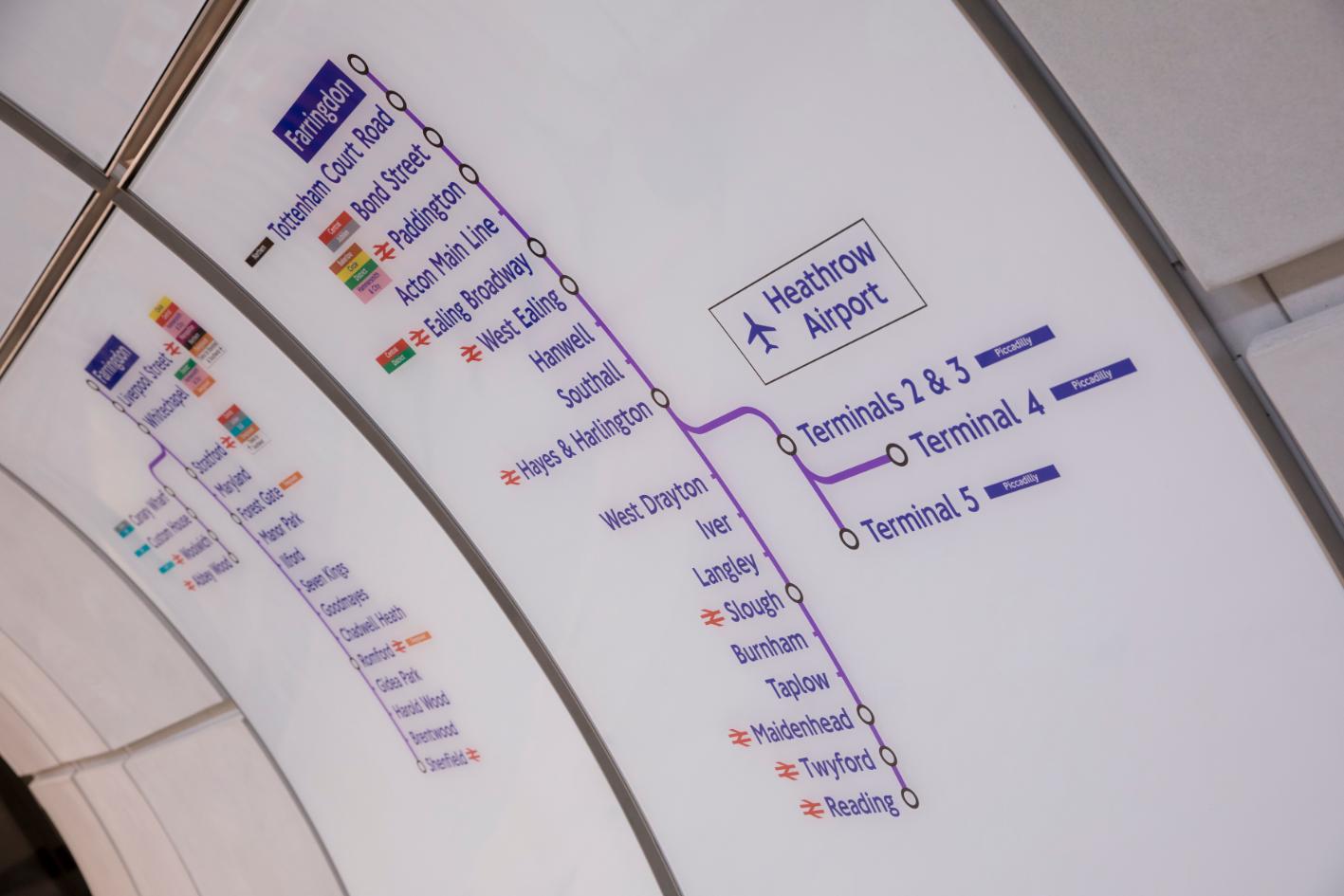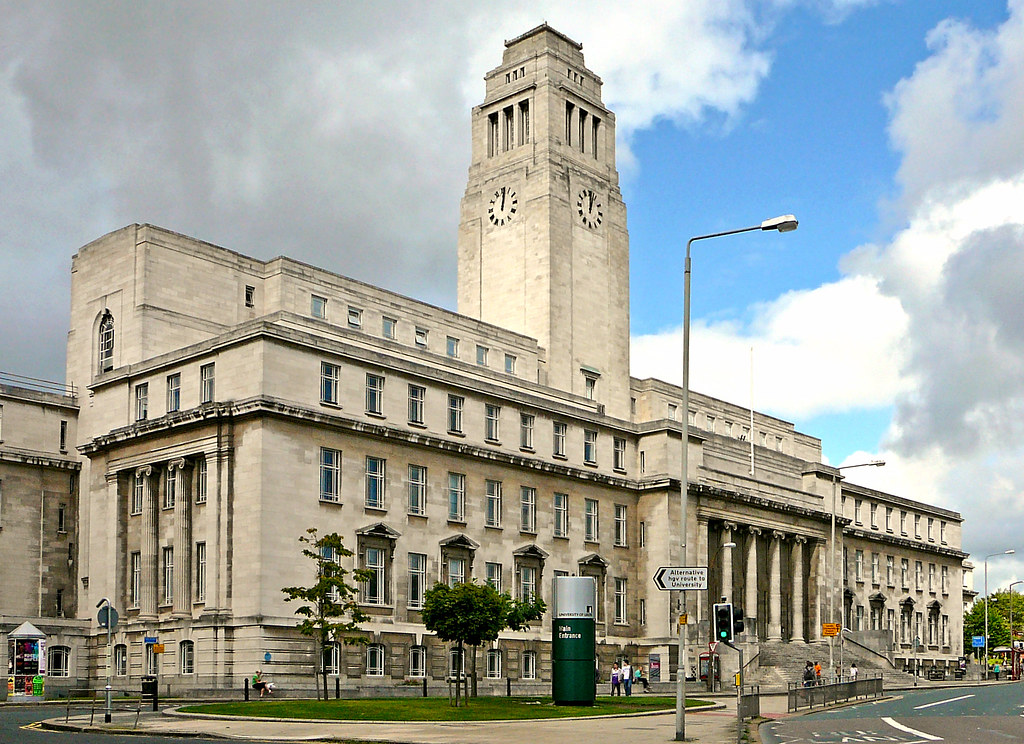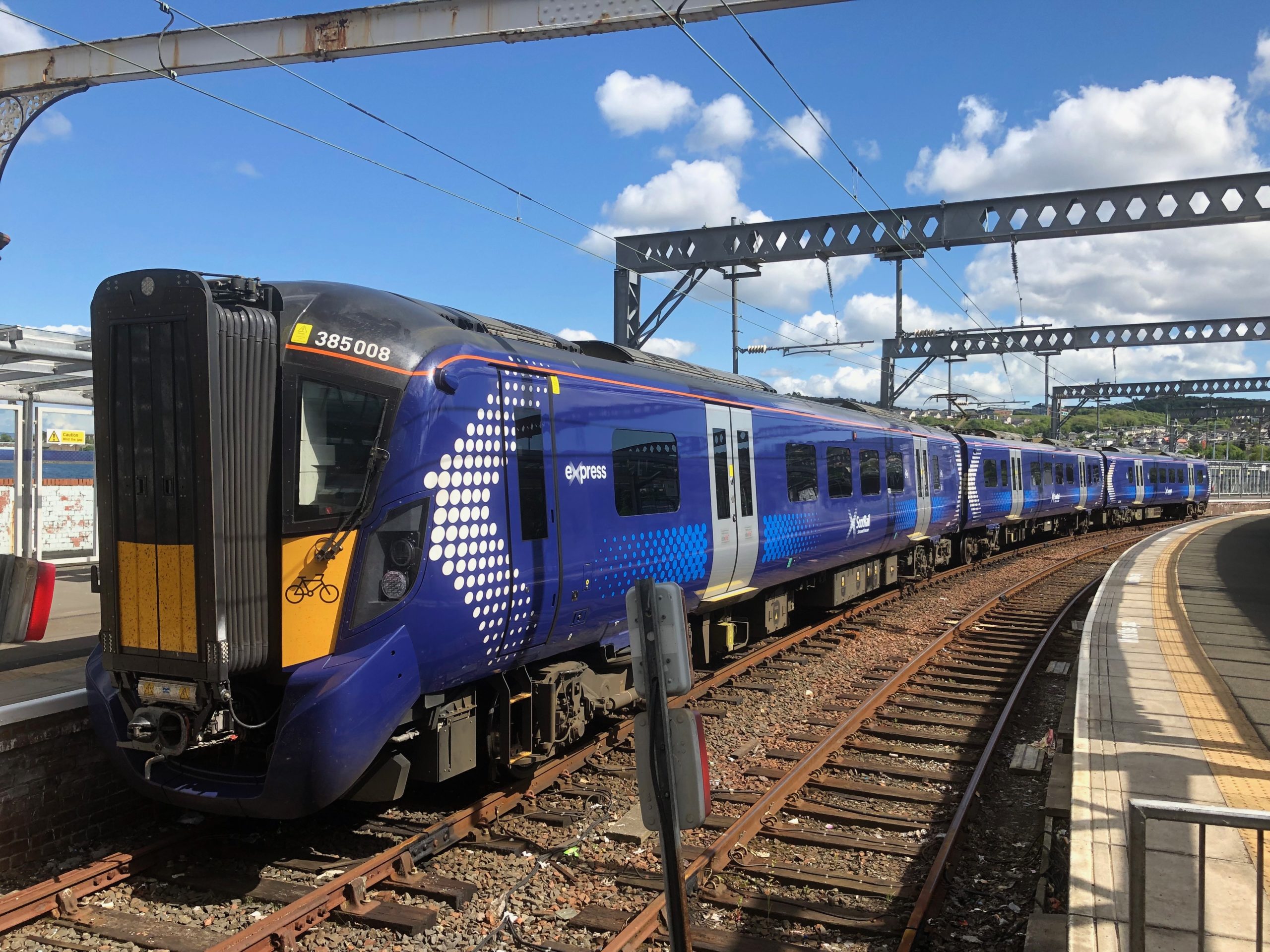
Introduction
The Elizabeth Line, an ambitious project that has transformed London’s transport landscape, was officially opened on May 24, 2022. It is a significant addition to the city’s transport network, aimed at improving connectivity and reducing travel times across the capital and into the surrounding areas. With a cost of around £19 billion, the Elizabeth Line is expected to serve millions of passengers annually, creating a new standard for public transport in London.
Key Features and Benefits
The Elizabeth Line spans 118 kilometers (73 miles) from Reading and Heathrow in the west to Shenfield and Abbey Wood in the east. It serves central London with a direct route linking major terminals, including Paddington, Liverpool Street, and Canary Wharf, thereby facilitating seamless transfers between the London Underground, Overground, and national rail services.
One of the key features of the Elizabeth Line is its new, modern trains. Equipped with larger doors for faster boarding and spacious interiors designed for comfort, these trains can carry around 1,500 passengers each, increasing capacity significantly during peak hours. The service operates every five minutes in peak times, ensuring convenient travel options for commuters and tourists alike.
Impact on Commuting and Economy
The introduction of the Elizabeth Line is expected to reduce journey times significantly. For example, travel from Paddington to Canary Wharf, which traditionally took around 30 minutes, now takes as little as 15 minutes. This reduction is likely to encourage more people to use public transport, easing congestion on other lines and improving air quality in the city.
Moreover, the line is projected to generate substantial economic benefits. Estimates suggest it could contribute up to £42 billion to the UK economy over the next 30 years, boosting local businesses and encouraging investment in the areas it serves. The increased accessibility offered by the Elizabeth Line is expected to foster new housing developments and commercial opportunities in previously less accessible regions.
Challenges and Future Development
Despite its many positive attributes, the launch of the Elizabeth Line has not been without challenges. Initial operational difficulties, including delays and service adjustments, prompted reviews of management practices. However, Transport for London (TfL) is working to address these issues through enhancements and user feedback.
Conclusion
The Elizabeth Line is more than just a transport service; it represents a significant step forward in urban mobility and infrastructure in London. With its potential to reshape the economic landscape and improve the daily commute for millions, it has quickly become an essential part of the United Kingdom’s transport narrative. As it continues to develop and undergo improvements, the future of the Elizabeth Line looks promising, paving the way for innovative transport solutions in cities worldwide.
You may also like

Leeds Train Station: A Key Transport Hub in the UK

The Importance of ScotRail in Scotland’s Transport Network
